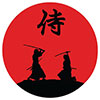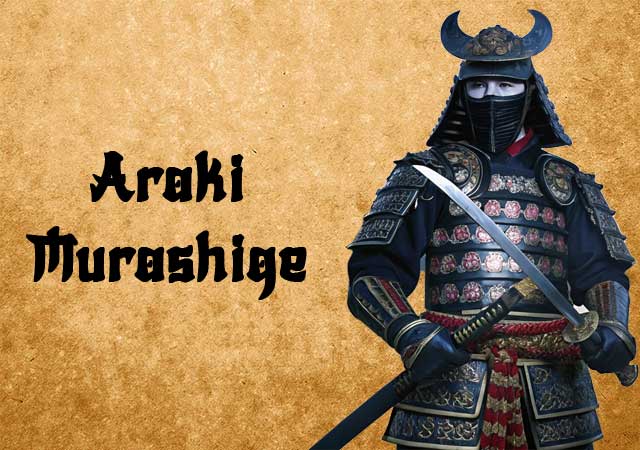
Araki Murashige (1535 – June 20, 1586) was a samurai and retainer of Ikeda Katsumasa, the head of the powerful Settsu-Ikeda clan in Settsu Province. Initially serving under Katsumasa, he aligned himself with Oda Nobunaga after Nobunaga’s successful campaign to establish control over Kyoto.
In 1573, Murashige was appointed as the daimyō of Ibaraki Castle and gained further recognition through his military exploits across Japan. In 1571, he and Nakagawa Kiyohide killed Wada Koremasa, a senior retainer of the Ashikaga shogunate, at the Battle of Shiraigawara. Three years later, in 1574, he assisted Hashiba Hideyoshi in capturing Arioka Castle (Itami Castle) from Itami Chikaoki, after which Nobunaga awarded him control over the castle.
Murashige played a key role in Nobunaga’s campaigns, commanding troops during the decade-long siege of Ishiyama Honganji. However, in 1578, during the Siege of Miki, he was accused of harboring sympathies toward the Mōri clan, a major enemy of Nobunaga. He retreated to Itami Castle (in present-day Hyōgo Prefecture), where he withstood a year-long siege before the castle fell in 1579.
Despite his defeat, Murashige managed to escape and spent the remainder of his life as a devoted disciple of Sen no Rikyū, the legendary tea master. He took the tea name "Dokun" and became a respected tea practitioner. Rikyū shared some of his most profound teachings with Murashige, including the well-known manuscript Araki Settsu Kami-ate Densho. In the Teaist Genealogy of All Generations Past and Present (Kokin Chajin Keifu), Murashige is listed among Rikyū’s Seven Sages.
In 1580, he was besieged at Hanakuma Castle by Ikeda Tsuneoki, another of Nobunaga’s generals. Though he managed to escape once again, he ultimately defected to the Mōri clan, while Tsuneoki took over his former domain.
A semi-legendary tale speaks of Murashige’s resourcefulness in evading an assassination attempt by Nobunaga. Summoned by Nobunaga under suspicion of treason, Murashige bowed low at the threshold before entering the room. Sensing a trap, he discreetly placed his iron war fan (tessen) in the sliding door’s groove, preventing it from being slammed shut to break his neck. With his ruse exposed, Nobunaga was forced to abandon the assassination attempt, and reconciliation followed.
Murashige’s son, raised under his mother’s name, became the renowned artist Iwasa Matabei.
See also
-
Ryuzoji Takanobu
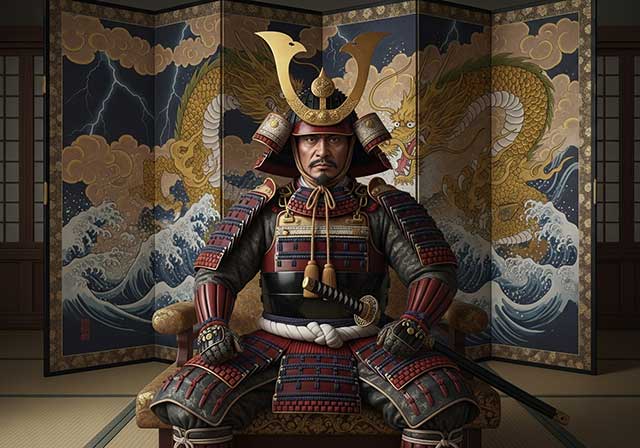
Takanobu was the eldest son of Ryūzōji Takaie and the great-grandson of Ryūzōji Iekane. His father was killed by a man named Baba Yoritiku in 1544. At a young age, Takanobu took Buddhist vows and received the monastic name Engetsu. However, around the age of eighteen, he returned to secular life, and in 1548, after the death of Ryūzōji Tanehide, he became the head of both branches of the Ryūzōji family.
-
Ouchi Yoshihiro
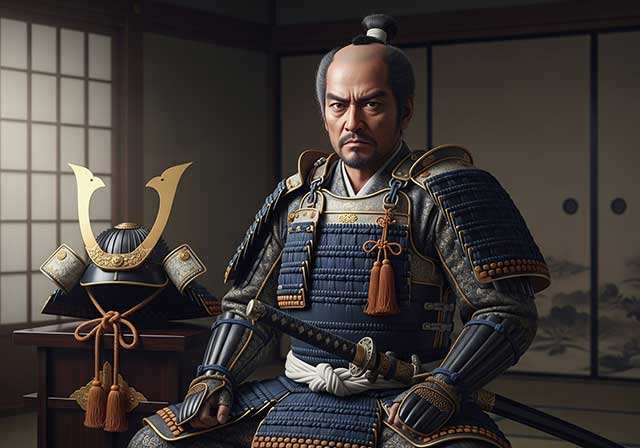
Ōuchi Yoshihiro was the second son of Ōuchi Hiroyo, who headed the Ōuchi clan in the western part of Honshu. In 1363, Shogun Ashikaga Yoshimitsu confirmed the Ōuchi family in the position of shugo of Suō and Nagato Provinces. In his youth, Yoshihiro assisted his father in strengthening the influence of the Northern Court on the island of Kyushu — they served under Imagawa Ryōsun, who had been tasked with subjugating the nine provinces of Kyushu.
-
Ouchi Yoshioki
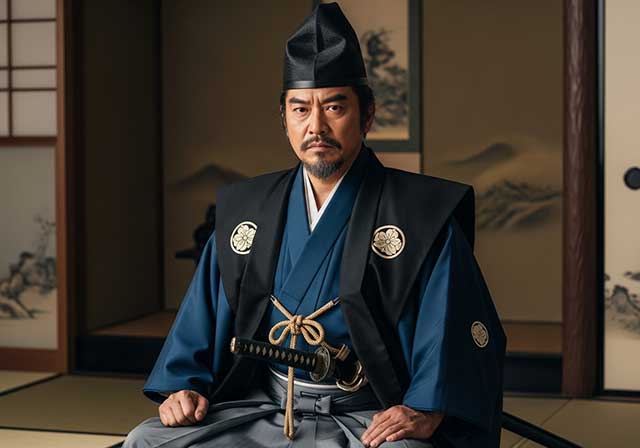
Ouchi Yoshioki, the ruler of the provinces of Suo, Nagato, and Iwami, was one of the most capable military commanders and politicians of the late 15th and early 16th centuries. The son of Ouchi Masahiro, he governed from his residence in Yamaguchi in the province of Suo. In 1499, Yoshioki gave refuge to Shogun Ashikaga Yoshitane, who had been driven out of Kyoto by Hosokawa Masamoto. Shogun Yoshizumi, Masamoto’s protégé, ordered the lords of Kyushu to unite their forces against Yoshioki; however, they did not dare to do so, fearing the power of a man who by that time controlled six provinces. Having gathered a substantial army, Yoshioki marched from his native Suo toward Kyoto in order to restore Shogun Yoshitane to power.
-
Otomo Sorin
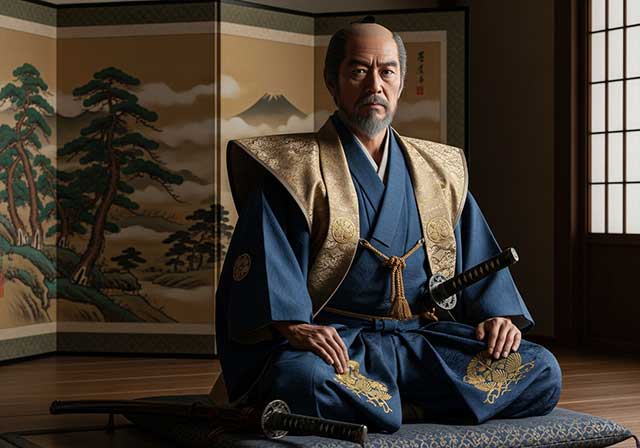
Ōtomo Yoshishige came from a noble lineage, being the eldest son of Ōtomo Yoshiaki, the ruler of Funai Province. The roots of the Ōtomo family traced back to Fujiwara Hidesato, the adopted son of Nakahara Chikayoshi. Fujiwara served Minamoto Yoritomo during the Genpei War and took part in battles in Mutsu Province in 1189. In 1193, he was appointed shugo of Buzen and Bungo Provinces, after which he adopted a new surname—Ōtomo.
-
Okudaira Sadamasa
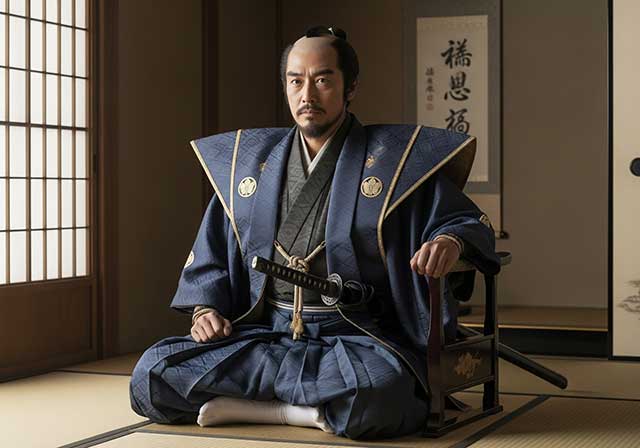
Sadamasa was the son of Okudaira Sadayoshi and took part in several battles under Tokugawa Ieyasu, distinguishing himself in the Battle of Anegawa in 1570, where he took two heads. Around 1572 he was forced to enter the service of the Takeda clan, but after the death of Takeda Shingen in 1573 he returned to Tokugawa, leaving Tsukude Castle together with his men. As a result of this defection, Takeda Katsuyori ordered the execution of Sadamasa’s wife and brother, who were being held as hostages.
-
Okubo Tadatika
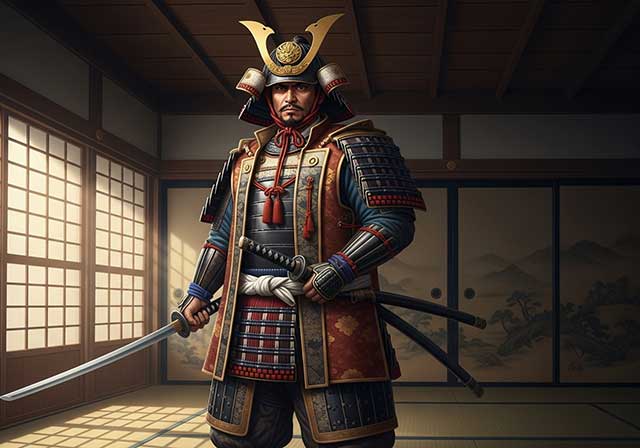
Tadatika, the son of Okubo Tadayō, entered the service of Tokugawa Ieyasu at the age of eleven, and took his first head in battle when he was sixteen. After the establishment of the Tokugawa shogunate, he was appointed as a rōjū — a senior bakufu official — and was regarded as one of Ieyasu’s most trusted advisors, alongside Honda Masanobu. He is also known for his military chronicle Mikawa Monogatari, which describes Ieyasu’s rise to power and the early years of the Tokugawa shogunate.
-
Okubo Nagayasu

Nagayasu was the second son of Okura Nobuyasu, a sarugaku theater actor from the Takeda clan. Takeda Shingen recognized the young man’s potential and took him into service, appointing him as a vassal to his general, Tsuchiya Masatsugu. During this period, Nagayasu changed his family name to Tsuchiya. He was entrusted with developing the Takeda clan’s gold mines as well as handling matters related to taxation.
-
Nitta Yoshisada

Nitta Yoshisada was a loyal soldier of Emperor Go-Daigo, who in the 1330s attempted to restore direct imperial rule in Japan. The Nitta family was related to the Ashikaga house and was older in lineage. However, they did not join Minamoto Yoritomo at the start of his war with the Taira, as the Ashikaga did, and therefore did not receive high positions in the Kamakura shogunate. This may have been one of the reasons why Yoshisada rose against the Hōjō clan in 1333.

